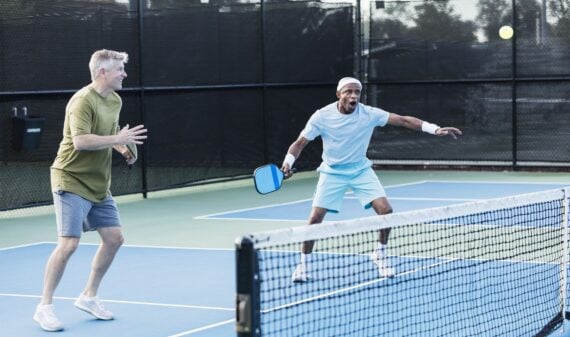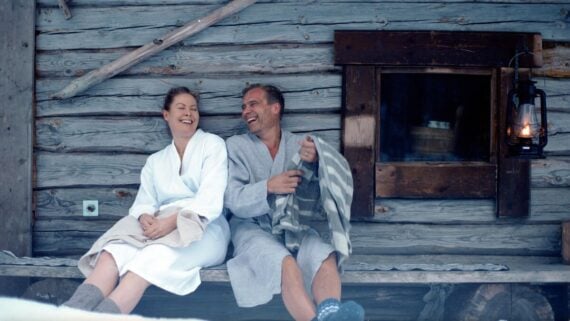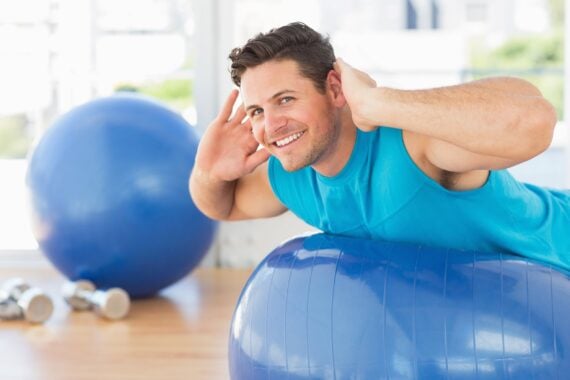Gen Z is leading the way in health and wellness, with a significantly higher percentage of young people emphasizing the importance of taking care of their mind and body than was seen in previous generations. Studies show that more than 56 percent of Gen Zers place taking care of their health and wellness as a “very high priority” in their lives.
There are plenty of potential explanations for this, from living through the pandemic as children to having more access to health and wellness-related information than ever before — but the point is that Gen-Z is constantly churning out new wellness hacks on social media, many of which can easily translate to older generations. The following Gen-Z-approved wellness practices are easy to implement and could be game-changing for those looking to improve their overall well-being.
Forest-Bathing
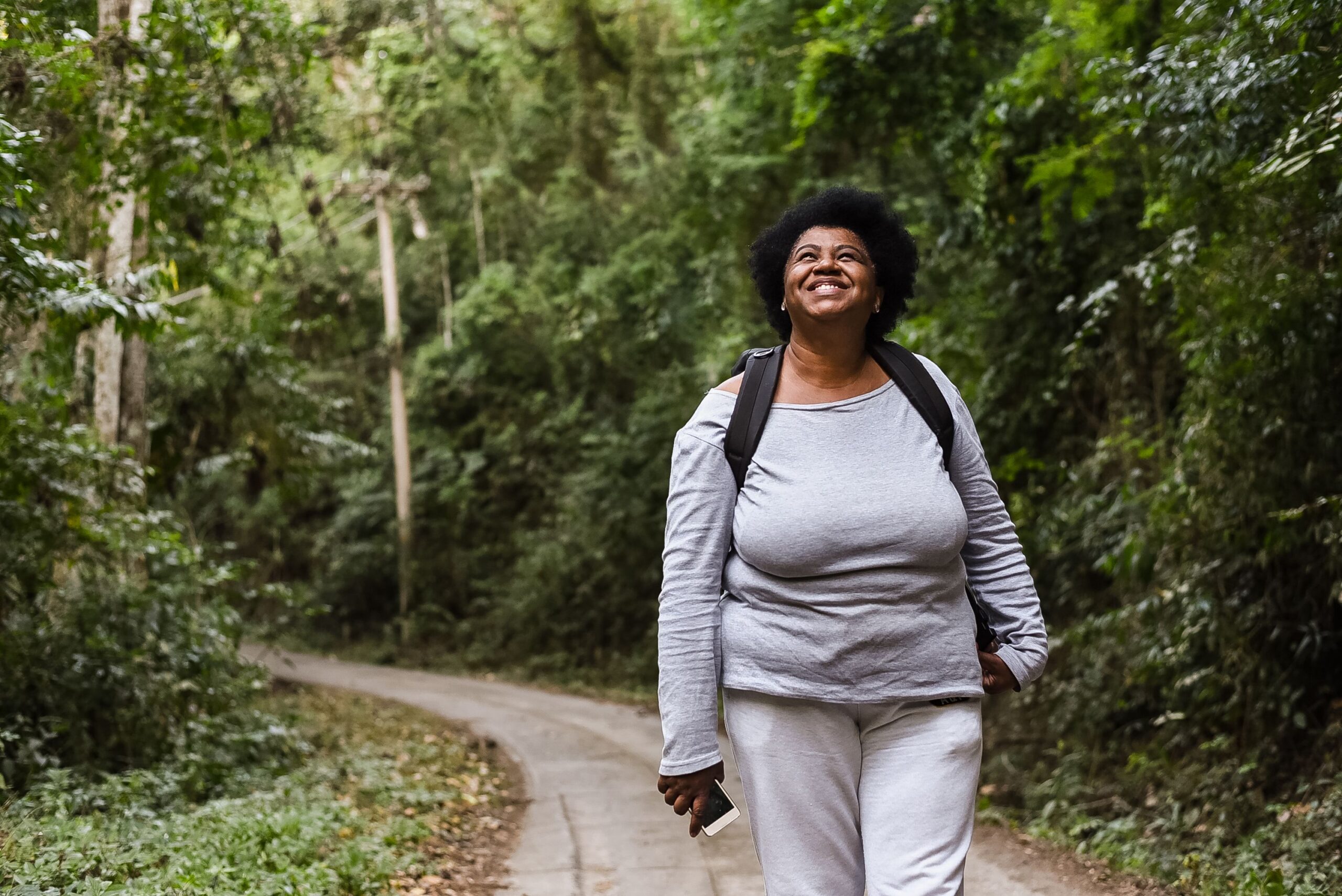
Forest-bathing isn’t a Gen-Z concept. It started in Japan, where it’s known as shinrin-yoku, but was widely popularized in Western wellness thanks to social media. The concept is simple: it’s essentially all about immersing yourself in nature, intentionally, as a way to feel more grounded, mentally clear, and it could even help boost the immune system. It can look like something as simple as enjoying a couple of hours sitting in the park or taking a gentle hike in, you know, an actual forest.
‘Bedrotting’
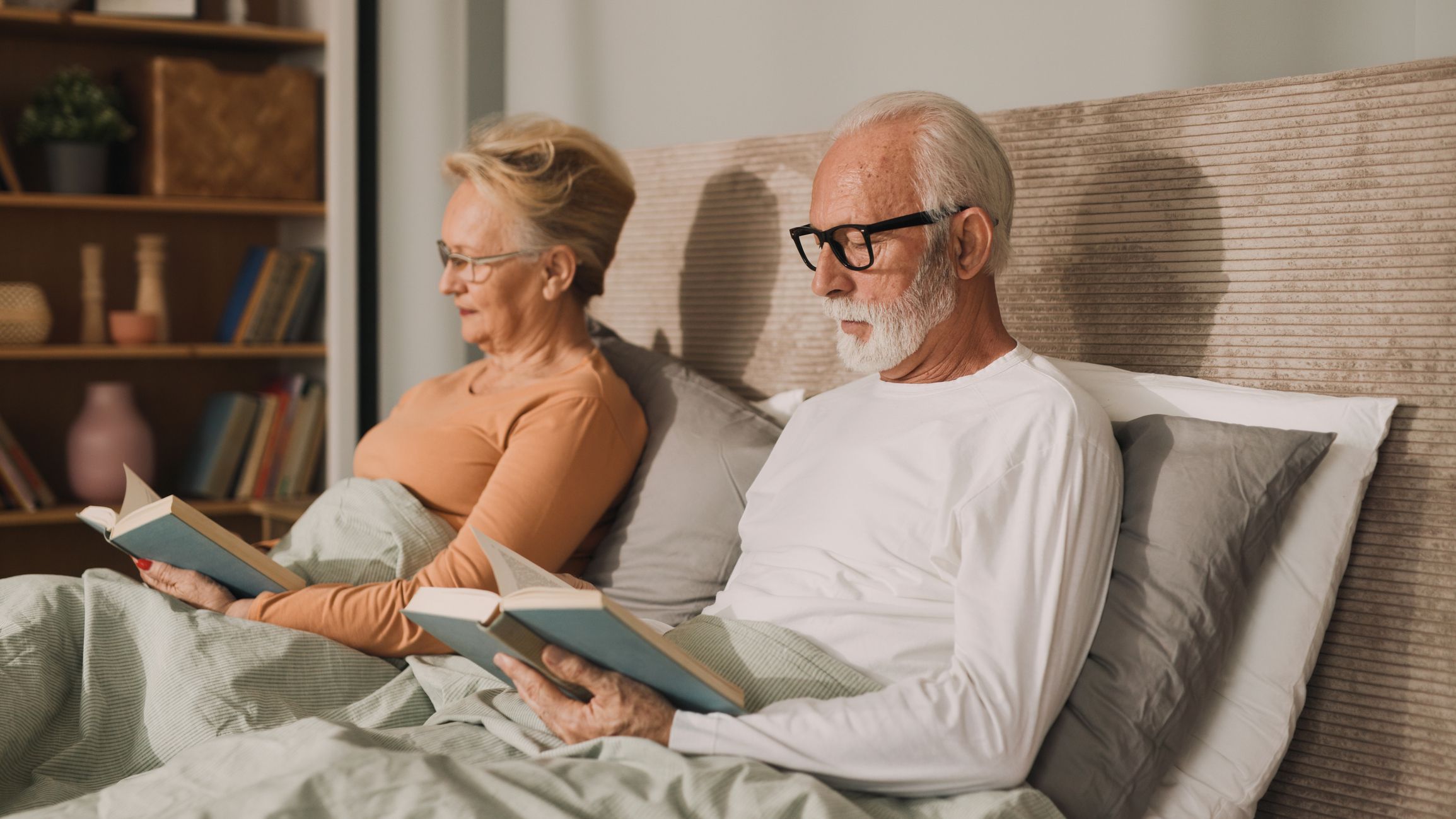
The term “bedrotting” gets a bad rap, but beyond the trendy and somewhat negative name, it can actually point to a larger wellness trend that can make a huge difference. The term bedrotting essentially means spending the day in bed, relaxing, reading, or binge-watching TV. It’s not something to do every day, but being aware of when you do need to rest and take time to just enjoy doing nothing is thought to help prevent burnout and foster creativity.
Cozy Cardio
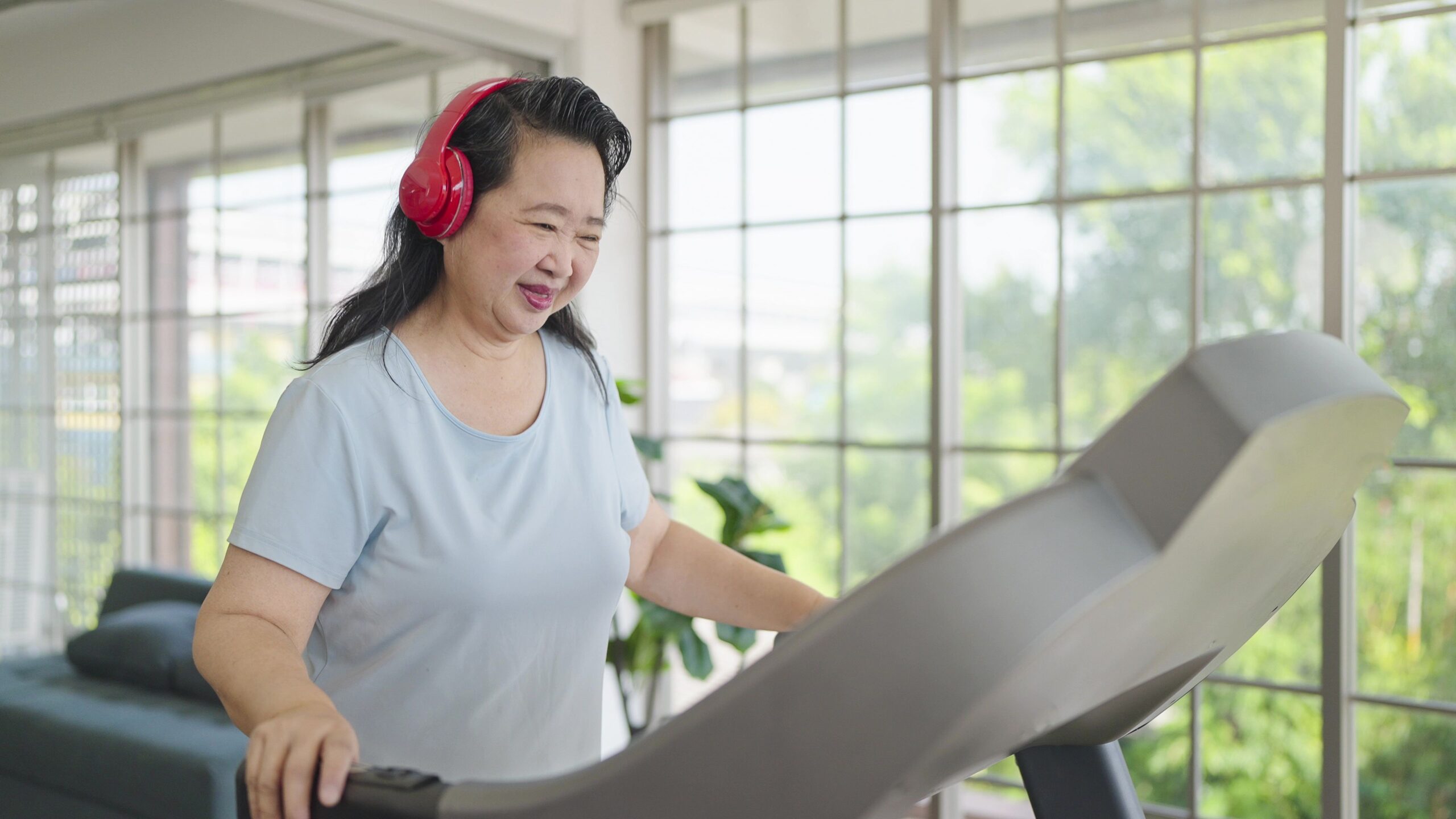
Cozy cardio is a TikTok trend popularized by creator Hope Zuckerbrow. The low-impact workout trend started as simply getting on a walking pad or treadmill and working out in your pajamas while watching a comfort show. The idea being that getting a workout in doesn’t have to automatically involve a dreadful sweat session or getting dressed up in gym clothes just to move your body. Instead, the concept pushes getting into any kind of low-impact movement and making it more of a comfortable or even meditative experience over a difficult workout.
Focusing on ‘Glimmers’
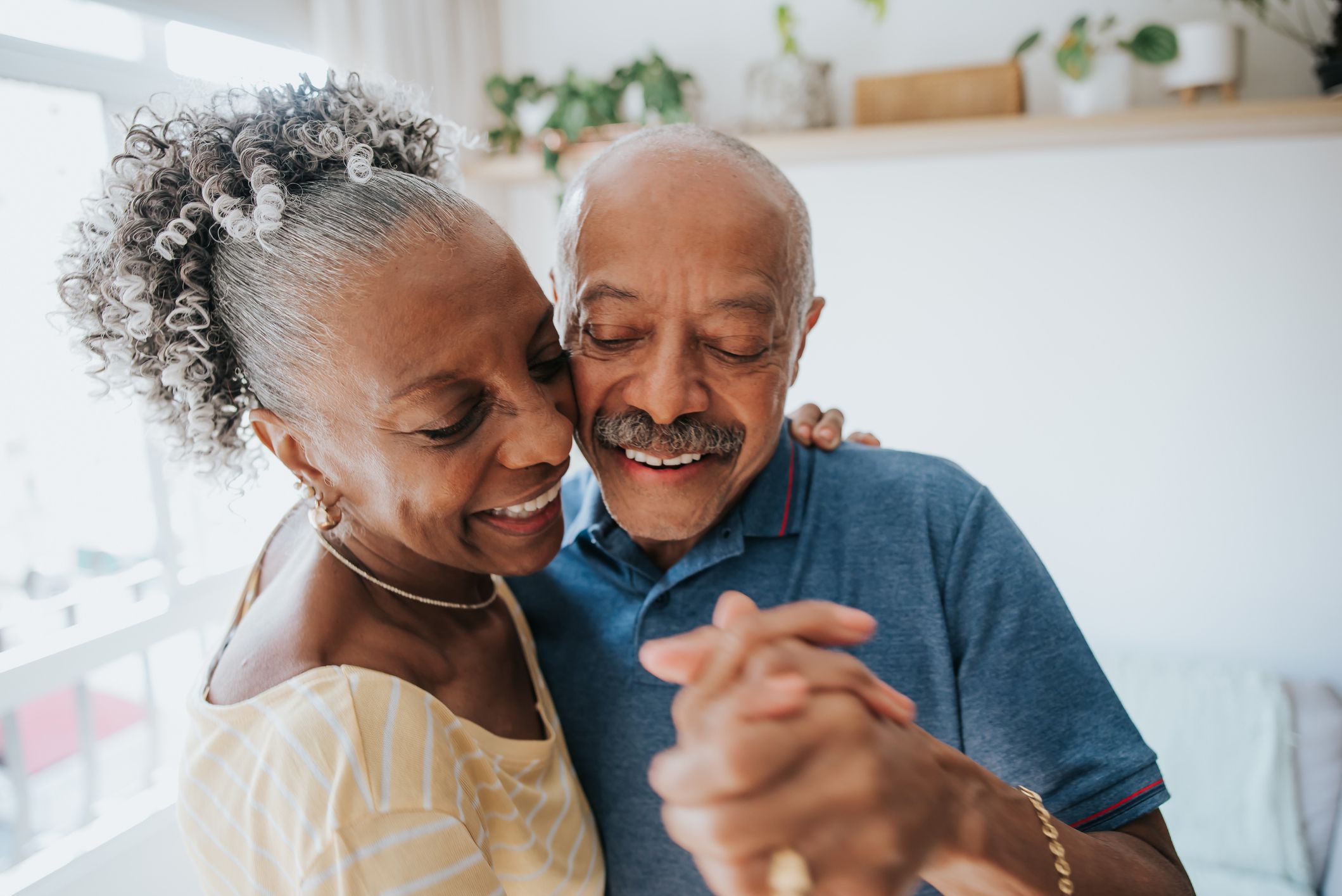
Focusing on “glimmers” is more or less the rebranded concept of stopping to smell the roses. Glimmers are those little moments of happiness you get when tasting a great pastry or noticing a rainbow — and taking the time to seek out and appreciate those little, seemingly insignificant things every day is thought to help calm down the nervous system and improve overall mental health.
Hot Girl Walks
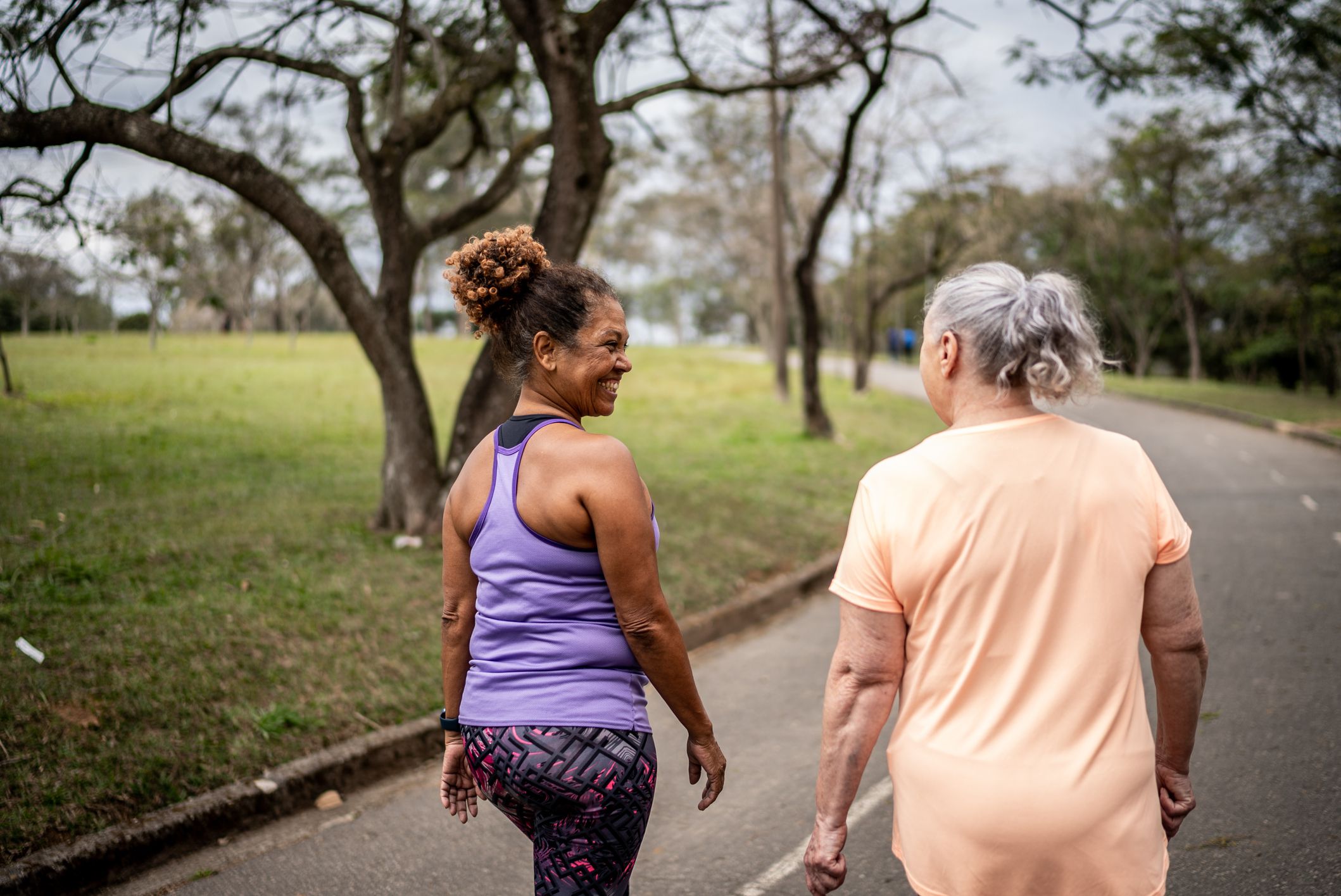
The hot girl walk is a social media trend that started in 2021, gaining popularity on TikTok thanks to creator Mia Lind. The concept is still holding strong today with an entire website and community dedicated to bringing the idea of the hot girl walk across the country. The hot girl walk is technically speaking a 4-mile walk where you spend time thinking about your goals, what you’re grateful for, and how “hot” you are. The goal-setting and gratitude are supposed to help boost you up, which, in theory, ends with an increase in confidence. Of course, just getting out every day for a regular old walk will also have benefits like improved mental health, improved cardiovascular function, and better bone health.
Trending on Cheapism
Gameifying Mindfulness
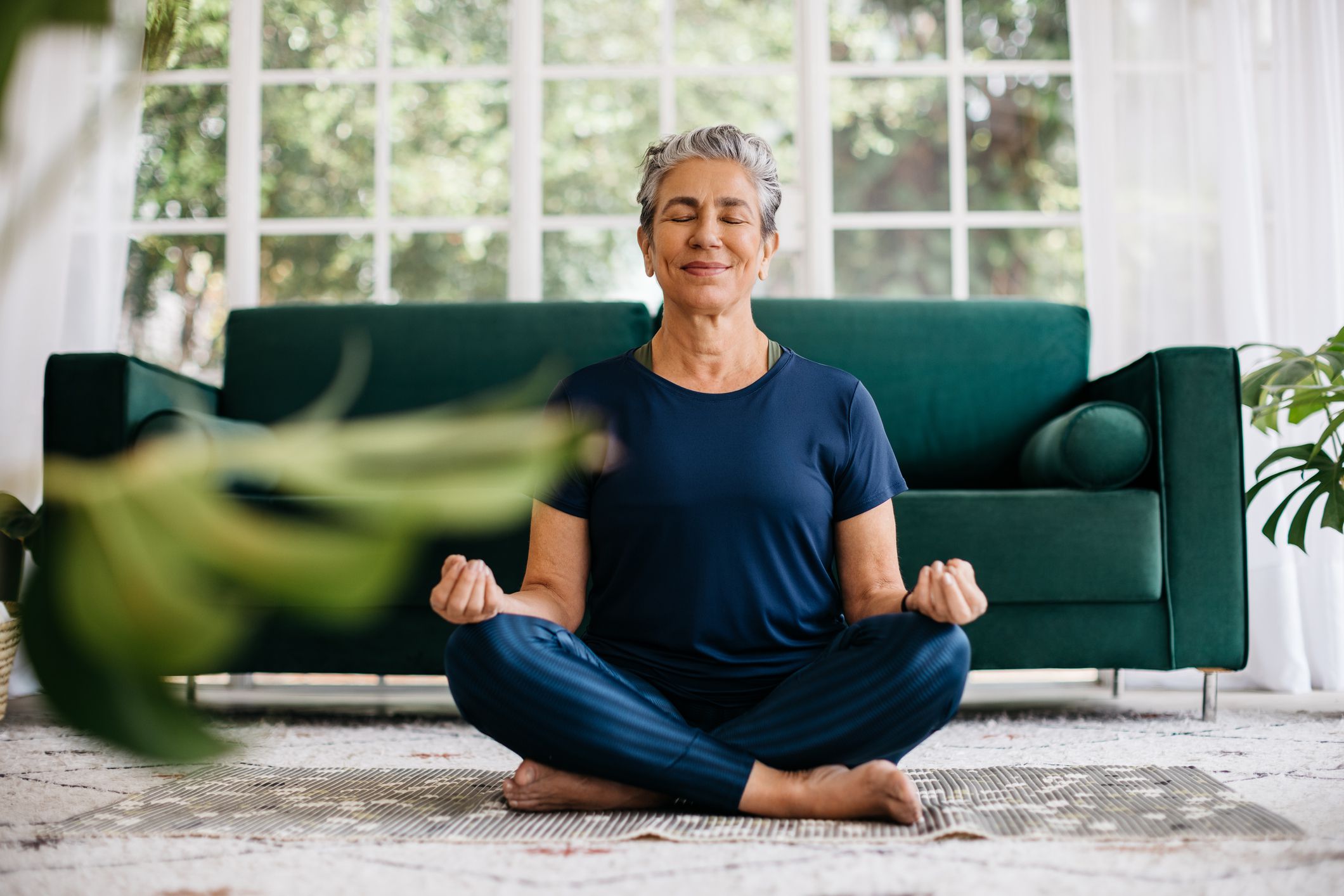
Mindfulness and meditation certainly aren’t Gen Zer constructs, but the gamification of mindfulness has definitely taken off within the younger generation. Smartphone apps like Headspace and Calm make it easy to work a daily meditation practice into your schedule thanks to the snack-sized guided meditations and streaks. It’s way easier to stick to a new practice when you’re motivated by keeping a multi-day streak, which helps build the habit in the beginning stages. And once you’ve solidified the habit? You can expect benefits like being able to focus on the present, being more self-aware, and having a better ability to observe your thoughts without stressing over them.
Daily Journaling
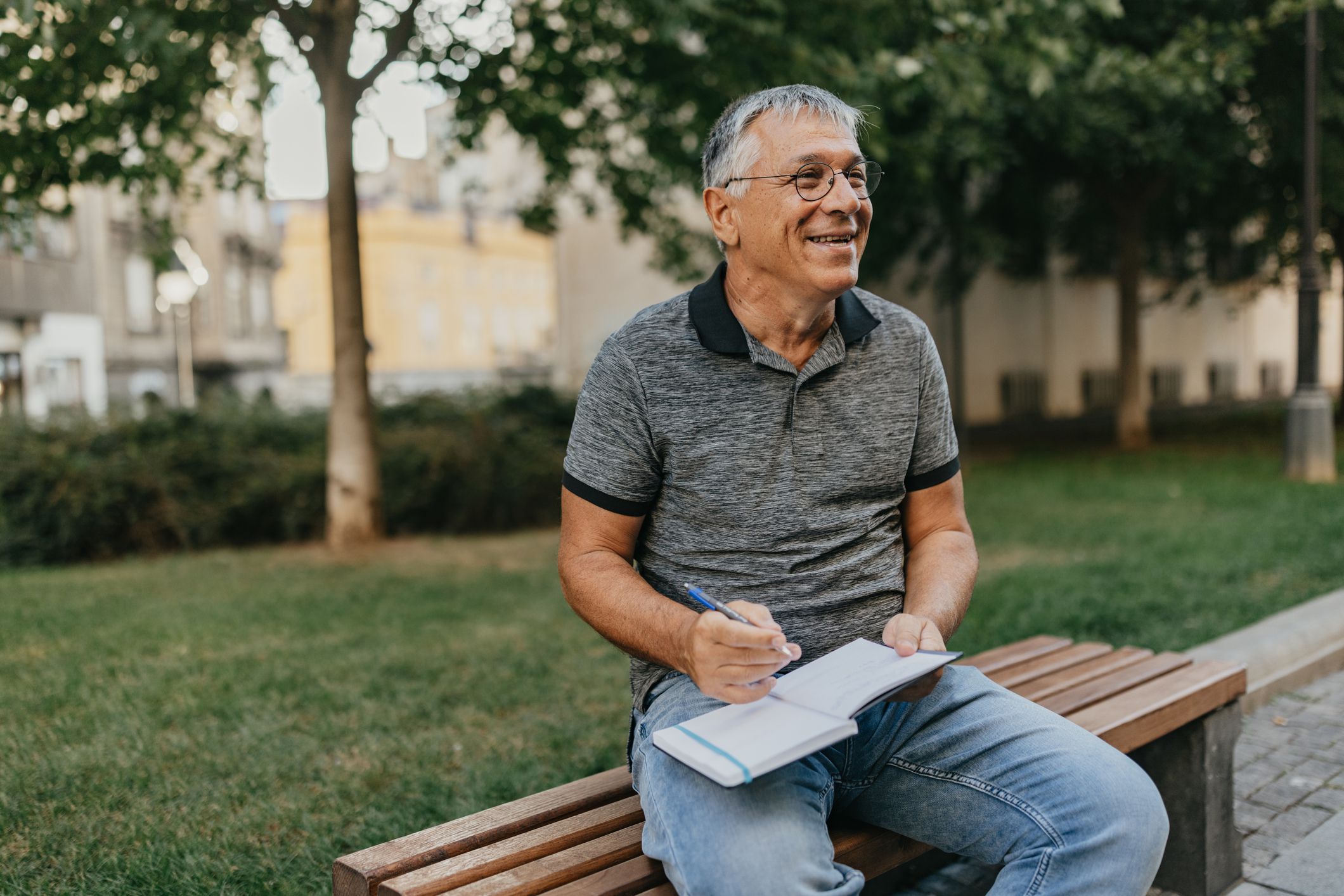
Daily journaling might not seem like it’ll push the needle all that much, but there’s a reason Gen-Z swears by getting their thoughts out on paper each day. Daily journaling — especially gratitude journaling — is proven to reduce symptoms of anxiety and depression, relieve stress, and even help foster a better night’s sleep. Keeping a gratitude journal also helps folks to find even more things to be grateful for throughout the day, shifting the narrative and helping those who practice find happiness in the little things.
Morning Routine
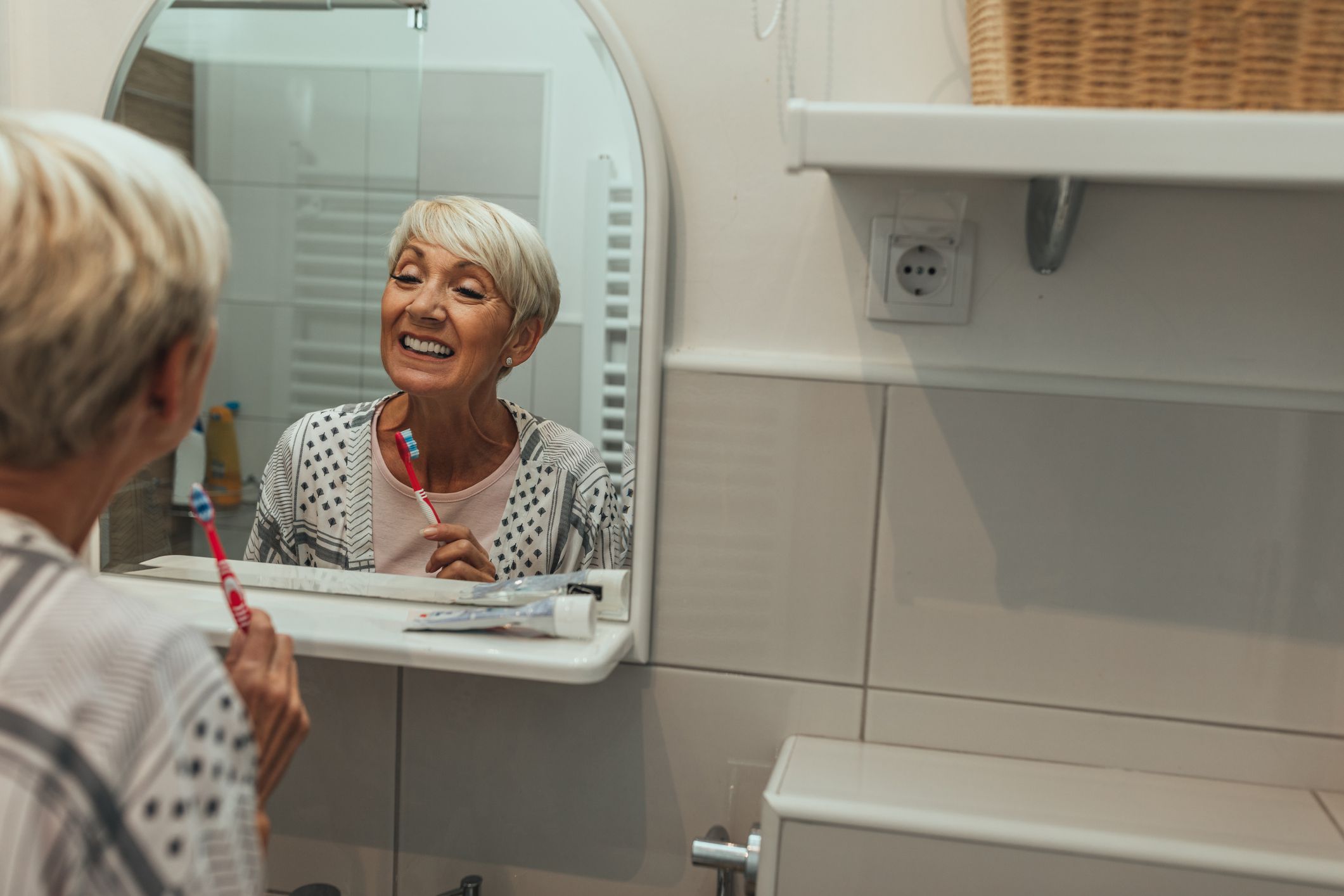
You can’t scroll through TikTok or Instagram for more than thirty seconds without coming upon a creator outlining their morning routine. Establishing a morning routine that works for your given lifestyle (no, you don’t have to wake up at 5 a.m. if you don’t want to) has been proven to help promote mental clarity, boost productivity, and can help improve overall sleep hygiene as well.
Sign up for our newsletter
Sleep Tracking
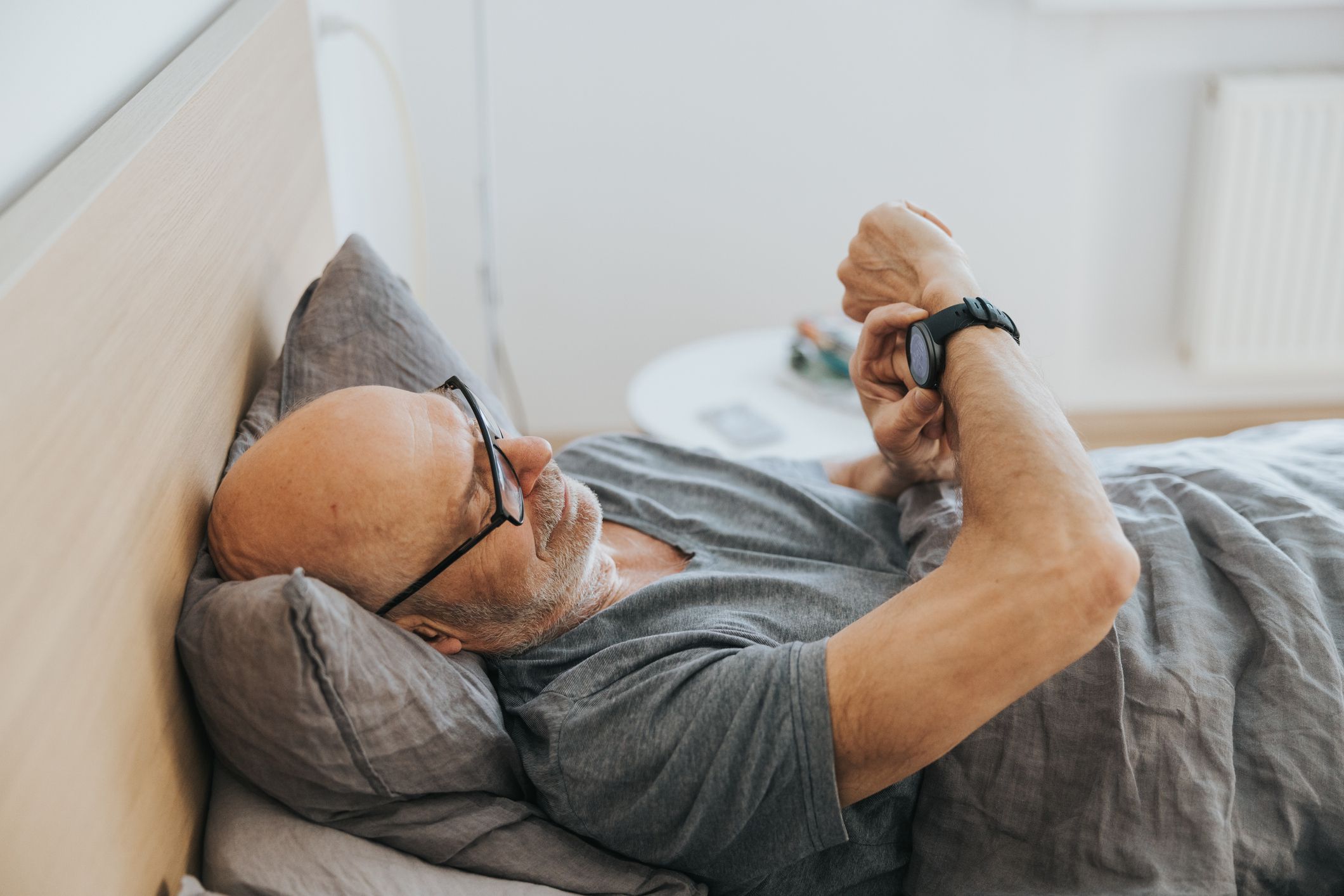
Studies have shown that a total of 66% of Gen Zers use wellness apps and fitness trackers to monitor their health, while 24% of Gen Z regularly use a sleep tracker. Sleep tracking isn’t just having more data and metrics to look at, but it can actually help users optimize their sleep hygiene and better understand their sleep cycles. It can also help track things like blood pressure, asthma symptoms, and potentially harmful sleep disorders.
Work-Life Balance
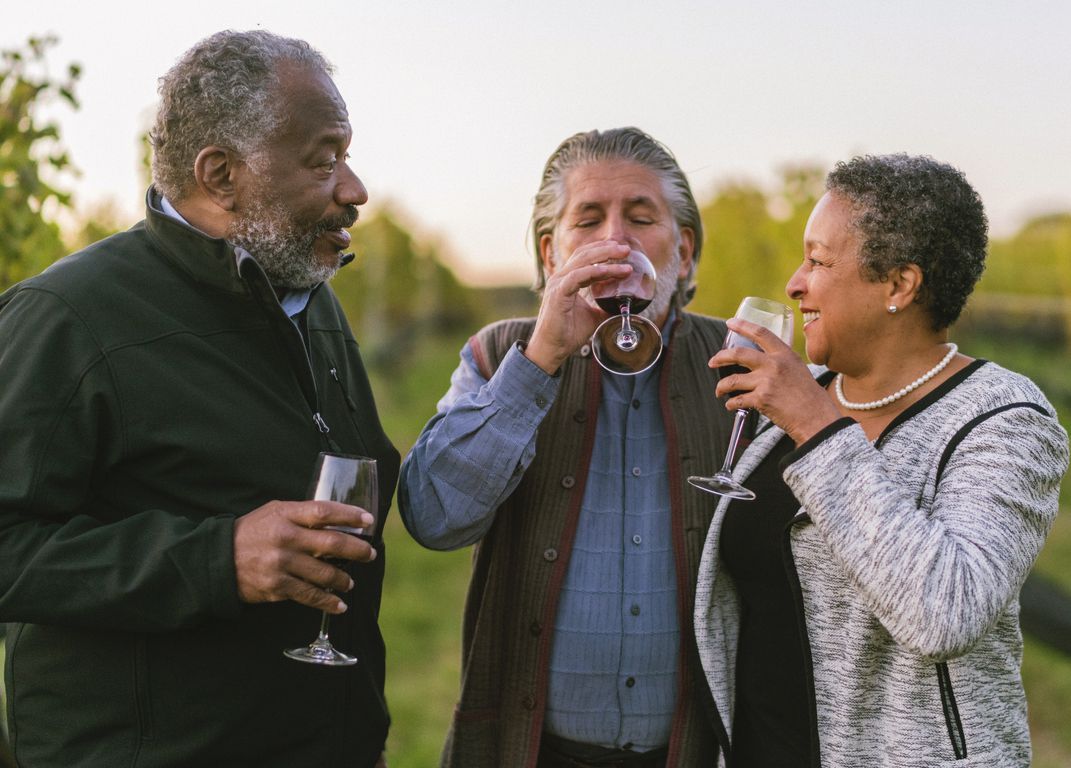
The majority of Gen Z — at least 60% or higher — place a very high emphasis on work-life balance; choosing to focus more on leading a healthy lifestyle over things like money and career. Not everyone has the privilege of choosing wellness over paying the bills, but adding even just a little bit of pleasure and relaxation into the work week can help promote more mindfulness, an overall healthier lifestyle, and fewer incidences of burnout or work dissatisfaction.
